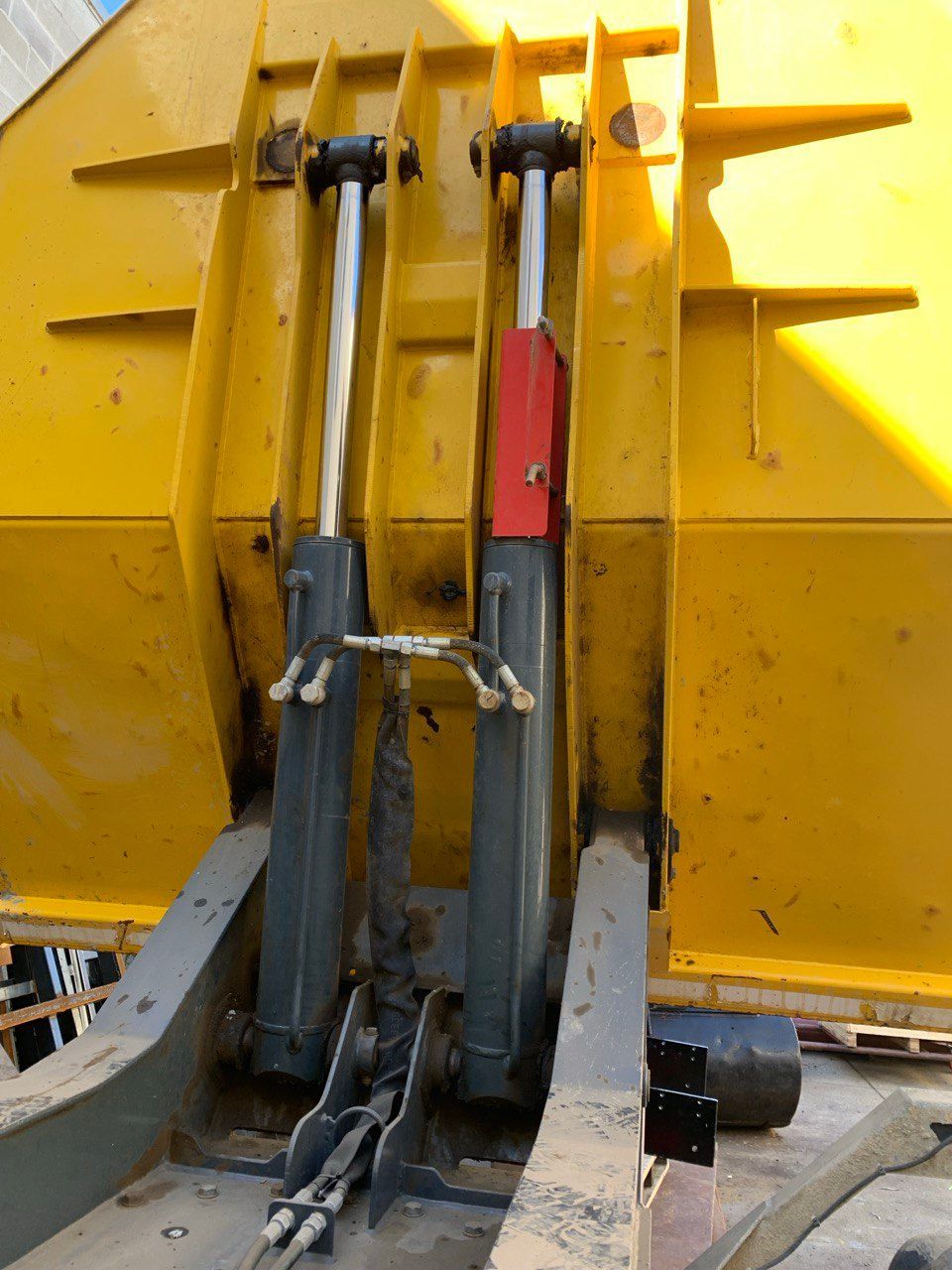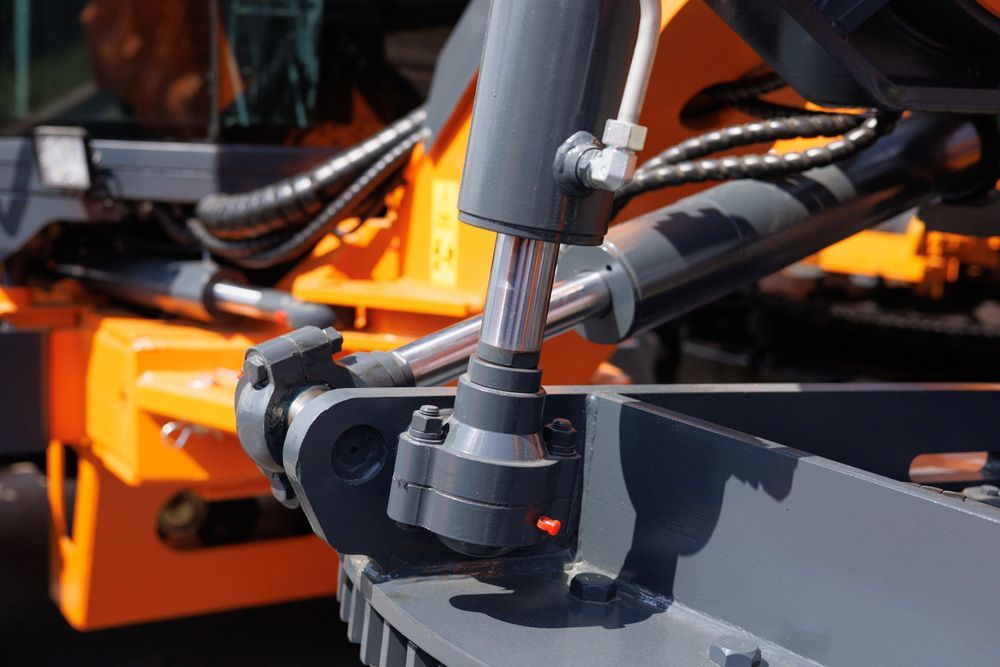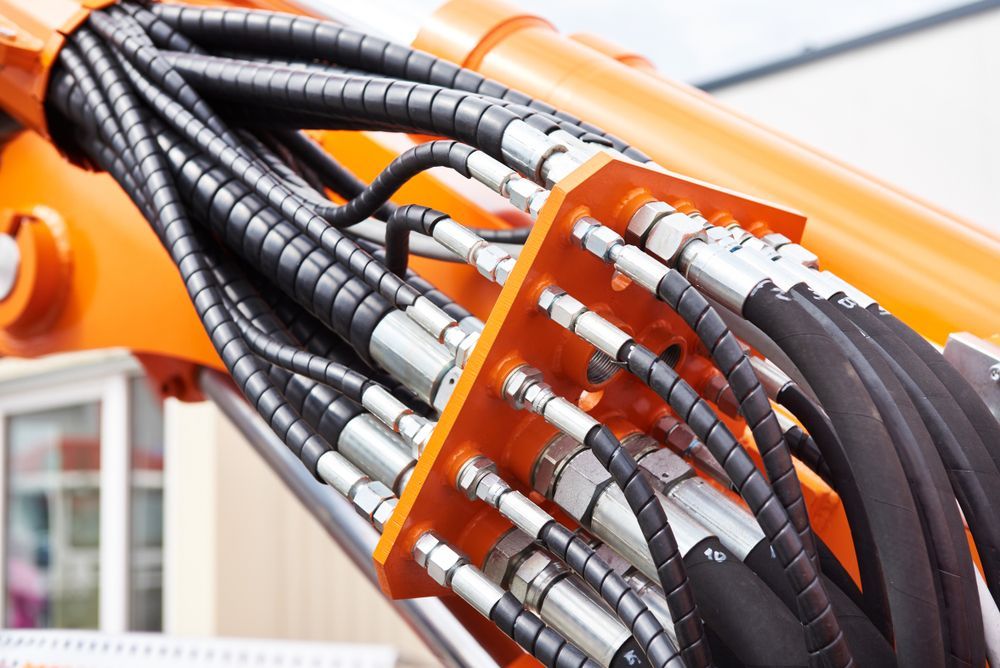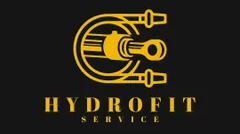Services
Reliable Repairs, Expert Service
Preventative maintenance involves proactive checks of all major hydraulic components, including hoses, seals, valves, cylinders, and filters. Technicians look for signs of abrasion, internal leakage, and misalignment. Systems are tested under load to confirm stable pressure and fluid flow. Fluid samples may be taken to check for contamination or degradation, and filter elements are replaced if flow restriction is detected.
We work with local industries where hydraulic systems operate under frequent or heavy load—such as material handling, earthmoving, transport, and waste management. Servicing schedules are tailored based on application type, system design, and field history. Clients receive a written report outlining current system condition and recommendations for repair, replacement, or follow-up. These reports help operators schedule service around work demands.
- On-site pressure and flow testing
- Filter and hose replacement
- Fluid sampling and contamination checks
Preventative maintenance helps reduce unplanned downtime and supports safer hydraulic operation by maintaining consistent performance across all equipment types.
Emergency Service
We respond quickly to urgent hydraulic failures on-site. Our mobile team handles burst hoses, leaks, and pressure issues to get your equipment operational as soon as possible.
Why is preventative maintenance important for hydraulic systems?
Preventative maintenance helps detect problems before they cause breakdowns. It allows early identification of worn seals, dirty fluid, blocked filters, and pressure issues. Regular servicing improves system reliability and reduces the chance of costly equipment failure. It also supports compliance with equipment manufacturer guidelines and safety requirements in industrial environments.
How often should hydraulic systems receive preventative maintenance?
The frequency of preventative maintenance depends on how the equipment is used. High-use or high-pressure systems may need monthly or quarterly checks, while moderate-use equipment may only require servicing every 6–12 months. Servicing intervals should consider the age of the system, environmental exposure, and critical function within operations.
What does a preventative hydraulic service include?
Services often include inspection of hoses, cylinders, valves, and connections, fluid sampling, filter replacement, and pressure/flow testing. The goal is to identify leaks, blockages, or wear before performance is affected. Technicians may also check fluid levels, clean reservoirs, tighten fittings, and document any issues for follow-up.








